39 food labels list ingredients according to
Food Labeling & Nutrition | FDA Food labeling is required for most prepared foods, such as breads, cereals, canned and frozen foods, snacks, desserts, drinks, etc. Nutrition labeling for raw produce (fruits and vegetables) and ... 7 Hidden Messages In Packaged Food Labels - Eat This Not That According to Mayo Clinic, limit your saturated fat count to less than 10 percent of calories a day. As for trans fat, while some trans fats are created naturally in some foods (but in very small amounts), most items with partially hydrogenated trans fat can increase blood cholesterol, LDL cholesterol, and triglyceride levels.
Creating an Ingredients List on a Nutrition Label: A Guide ... - LabelCalc An ingredient list on a food label, as defined by the FDA, is "the listing of each ingredient in descending order of predominance." Put more simply, your ingredient list must contain every single ingredient present in your food product, in order of greatest to least. This means the ingredient that makes up the most of the product's total ...
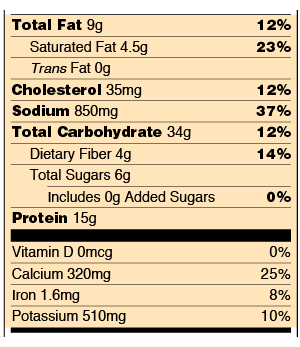
Food labels list ingredients according to
Overview of Food Ingredients, Additives & Colors | FDA Color additives are used in foods for many reasons: 1) to offset color loss due to exposure to light, air, temperature extremes, moisture and storage conditions; 2) to correct natural variations ... List of ingredients and allergens on food labels - Canadian Food ... When present in a prepackaged product, the following ingredients and their components are not required to be declared in the list of ingredients, unless they contain known allergens, gluten, or added sulphites at quantities greater than or equal to 10 parts per million. Refer to Food allergen, gluten and added sulphite declaration for exceptions. Food labelling and packaging: Ingredients list - GOV.UK milk. molluscs - including squid, mussels, cockles, whelks and snails. mustard. nuts. peanuts. sesame seeds. soya beans. sulphur dioxide or sulphites at levels above 10mg per kilogram or per litre ...
Food labels list ingredients according to. Reading Food Labels - Ingredients — A Graceful Age Labels generally include the percent total of Vitamin D, Calcium, Iron, Potassium and Vitamin K (and sometimes Vitamin A). Exotic Names for Plain Ol' Sugar, Salt and Fat. The challenge comes in to play with multiple and technical name variations for the same ingredient. Here's a list for many of the ways sugar, salt and fat are listed. Dog Food Ingredients & Dog Food Nutritional Value | PEDIGREE® Meat and Bone Meal. Main Purpose: Concentrated essential amino acids, calcium and phosphorous Nutritional Benefit: Lean muscles, strong teeth and bones. Vegetable Oil. Main Purpose: Source of linoleic acid Nutritional Benefit: Healthy skin and shiny coat. Brewer's Rice. Main Purpose: Carbohydrates and fiber Nutritional Benefit: Energy source, aids proper digestion Chapter 2 Flashcards - Questions and Answers | Quizlet Food labels list ingredients according to _____ whereas nutrition labels list nutrients by both _____ and _____ weight; weight (in grams); percent Daily Value Which of these diets is consistent with the recommendations of the Dietary Guidelines for Americans? Most food labels list the ingredients by weight in descending order ... Answer: Your question is True. Ingredient List. This tells you each ingredient in the food product by its common or usual name. Did you know that the ingredients are listed in descending order by weight? That is, the ingredient that weighs the most is listed first, and the ingredient that weighs the least is listed last. Hope this helped :))))
How to Read Food Labels: Your Complete Consumer Guide It may also be high in chemicals, flavorings, and preservatives. Low calorie. The food must have a serving size of >30 g (1 ounce) and fewer than 40 calories per serving. Low-calorie junk food is still junk food — often padded with a lot of air (like certain kinds of chips) or water (like sweetened drinks). Food Labels: Carbohydrates | Home & Garden Information Center The Daily Value (DV) for total carbohydrate is 300 grams (g) or 100% DV, based on a 2,000-calorie diet. This number combines several types of carbohydrates: dietary fiber, sugars and complex carbohydrates. Listed below total carbohydrate on the food label are the values for dietary fiber and sugars. How are ingredients listed on a food label? (Format Explained) The ingredients of the food labels used in the higher quantities are mentioned at the top of the list and vice versa. This means that the entire list of ingredients must be in descending order based on the amount of the particular ingredient used. ... Being a consumer, while reading food labels, you usually want to know about 80-90% of the ... How To Read Pet Food Labels & Ingredient Lists: Nutrition, and What To ... 4. Ingredients in ascending order according to weight. The ingredient list is the most important part of the label as it will indicate what ingredients and additives or preservatives are in the food. The first ingredient on the label occurs in larger quantities than other ingredients that follow. 5. Feeding directions.
How To Create an Ingredient List For Your Food Label - ReciPal The font needs to be a certain size. The benchmark is that the lowercase letter "o" has to be at least 1/16th of an inch. It must also be legible and easy to read. As far as label placement, the ingredient list should be on the same part of your label as the manufacturing (or packing or distribution) address. Understanding the FDA Food Allergen Labeling Requirements - enKo Products The FDA helps people with celiac disease by setting some guidelines for labeling gluten-free foods. First, "gluten-free" means that food has no gluten-containing grains or that its gluten content is negligible (less than 20 parts per million). Second, gluten-free food can only be labeled as "gluten-free.". Terms like "low gluten" or ... Food Ingredients Labels: A Primer on Regulations The regulations require only that food labels list the ingredients in descending order of predominance according to weight. That means that the heaviest is first, the lightest is last, and so on. 1 (Medicine ingredients labels, it should be noted, are not beholden to this rule. Medicine labels list ingredients in alphabetical order only ... How are ingredients listed on food label quizlet? On a product label, the ingredients are listed in order of predominance, with the ingredients used in the greatest amount first, followed in descending order by those in smaller amounts. The label must list the names of any FDA-certified color additives (e.g., FD&C Blue No. 1 or the abbreviated name, Blue 1). In the same way, what is one thing ...
The Order Of Ingredients On A Label Means More Than You Think - Mashed.com The short answer is yes, the ingredients you see on the labels of your food are indeed sorted in a very strategic manner. According to the Food and Drug Administration, the ingredients are actually listed in order of the predominance of their weight, from most to least. In other words, the ingredient used in the greatest amount is always listed ...
Food label: ingredient list - Canada.ca The ingredient that is present in the largest amount is whole wheat, and the ingredient present in the smallest amount is minerals. Ingredients: Whole wheat, wheat bran, sugar/glucose-fructose, salt, malt (corn flour, malted barley), vitamins (thiamine hydrochloride, pyridoxine hydrochloride, folic acid, d-calcium pantothenate), minerals (iron ...
Food labelling and packaging: Ingredients list - GOV.UK milk. molluscs - including squid, mussels, cockles, whelks and snails. mustard. nuts. peanuts. sesame seeds. soya beans. sulphur dioxide or sulphites at levels above 10mg per kilogram or per litre ...
List of ingredients and allergens on food labels - Canadian Food ... When present in a prepackaged product, the following ingredients and their components are not required to be declared in the list of ingredients, unless they contain known allergens, gluten, or added sulphites at quantities greater than or equal to 10 parts per million. Refer to Food allergen, gluten and added sulphite declaration for exceptions.
Overview of Food Ingredients, Additives & Colors | FDA Color additives are used in foods for many reasons: 1) to offset color loss due to exposure to light, air, temperature extremes, moisture and storage conditions; 2) to correct natural variations ...
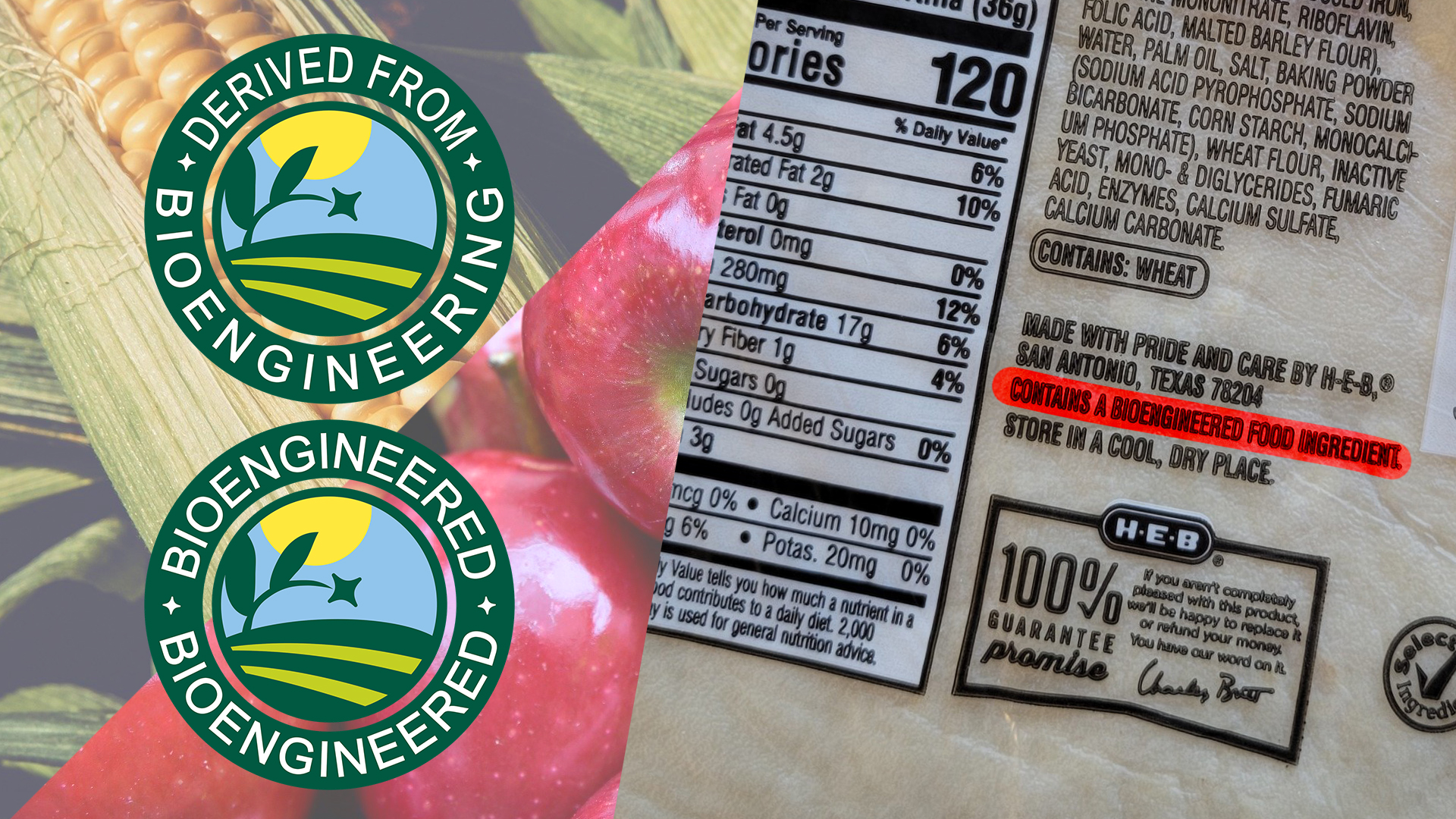



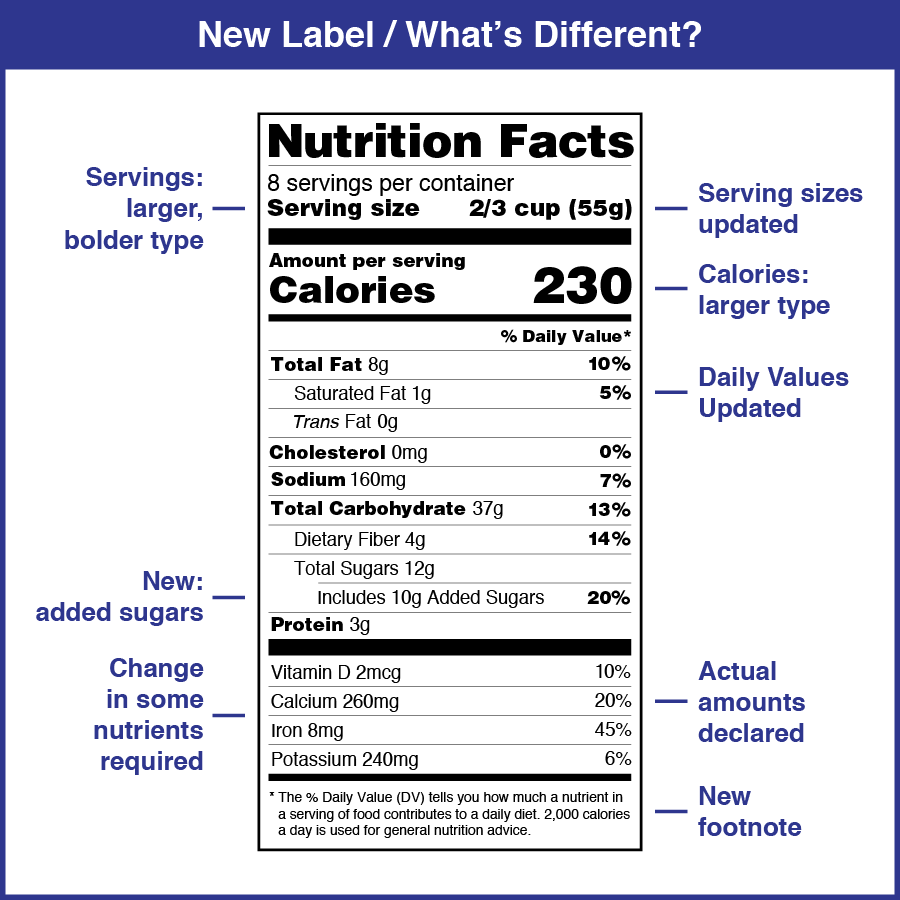
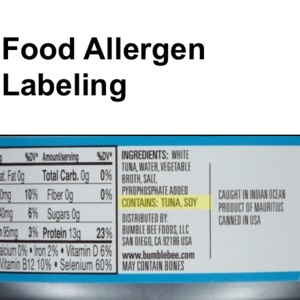
/Food-label-Envision-575f13f25f9b58f22ee9a2dc.jpg)



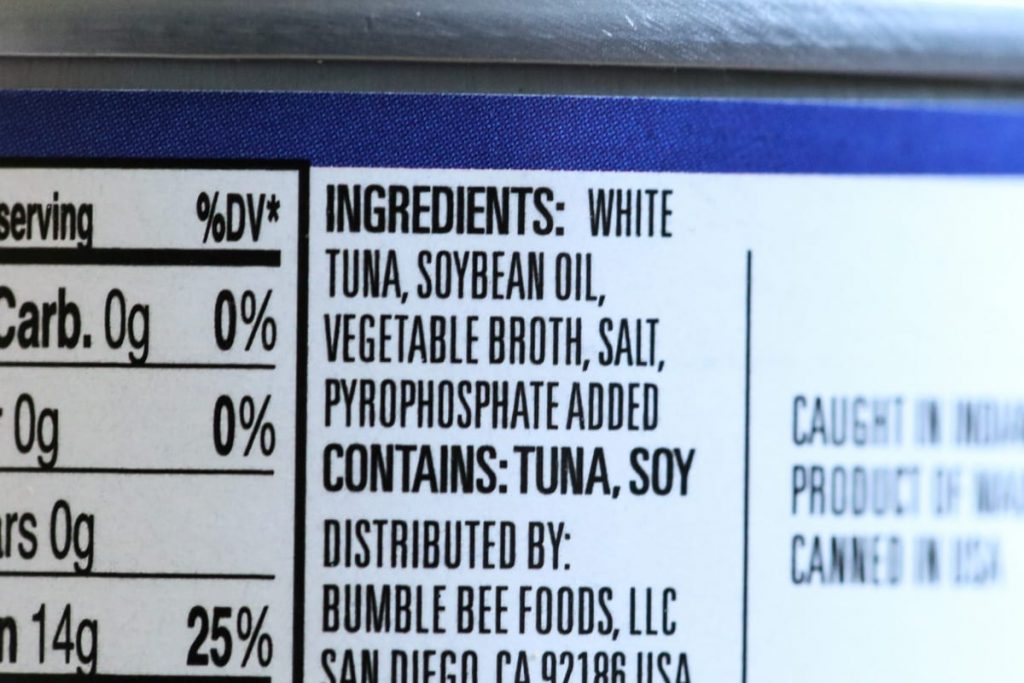
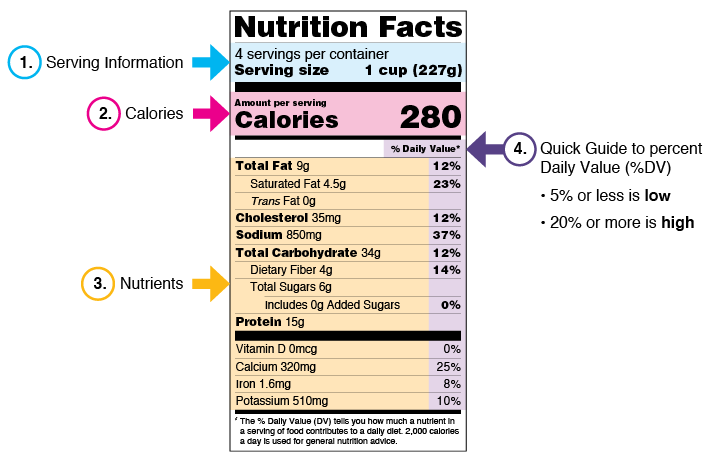

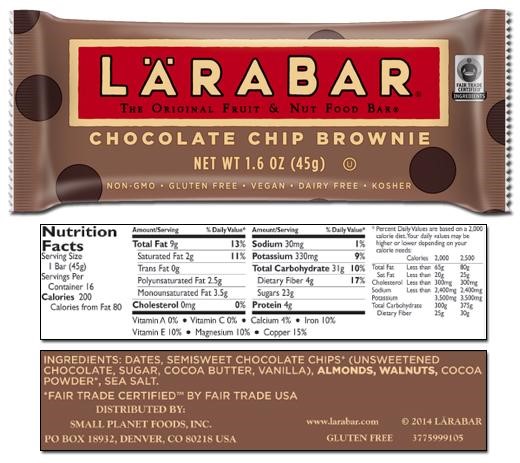


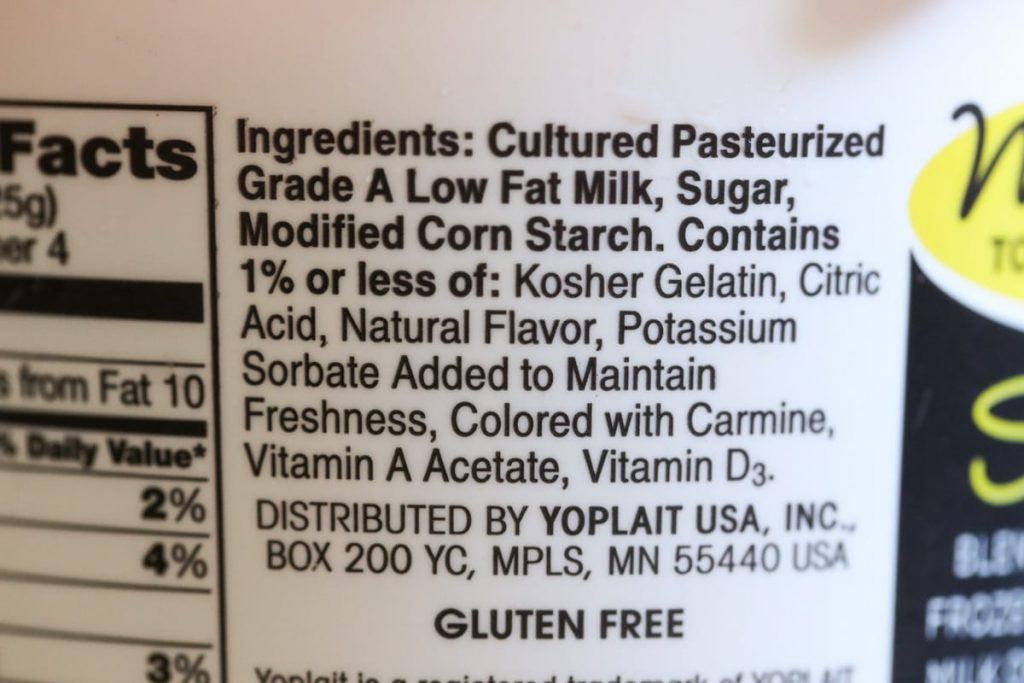


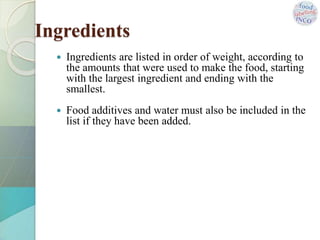


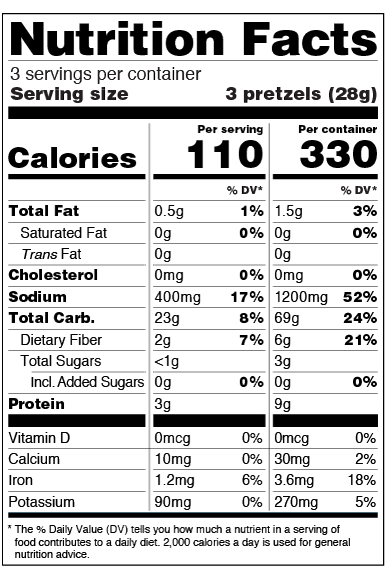








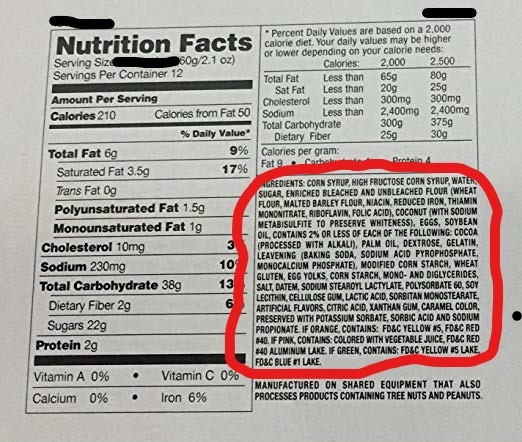
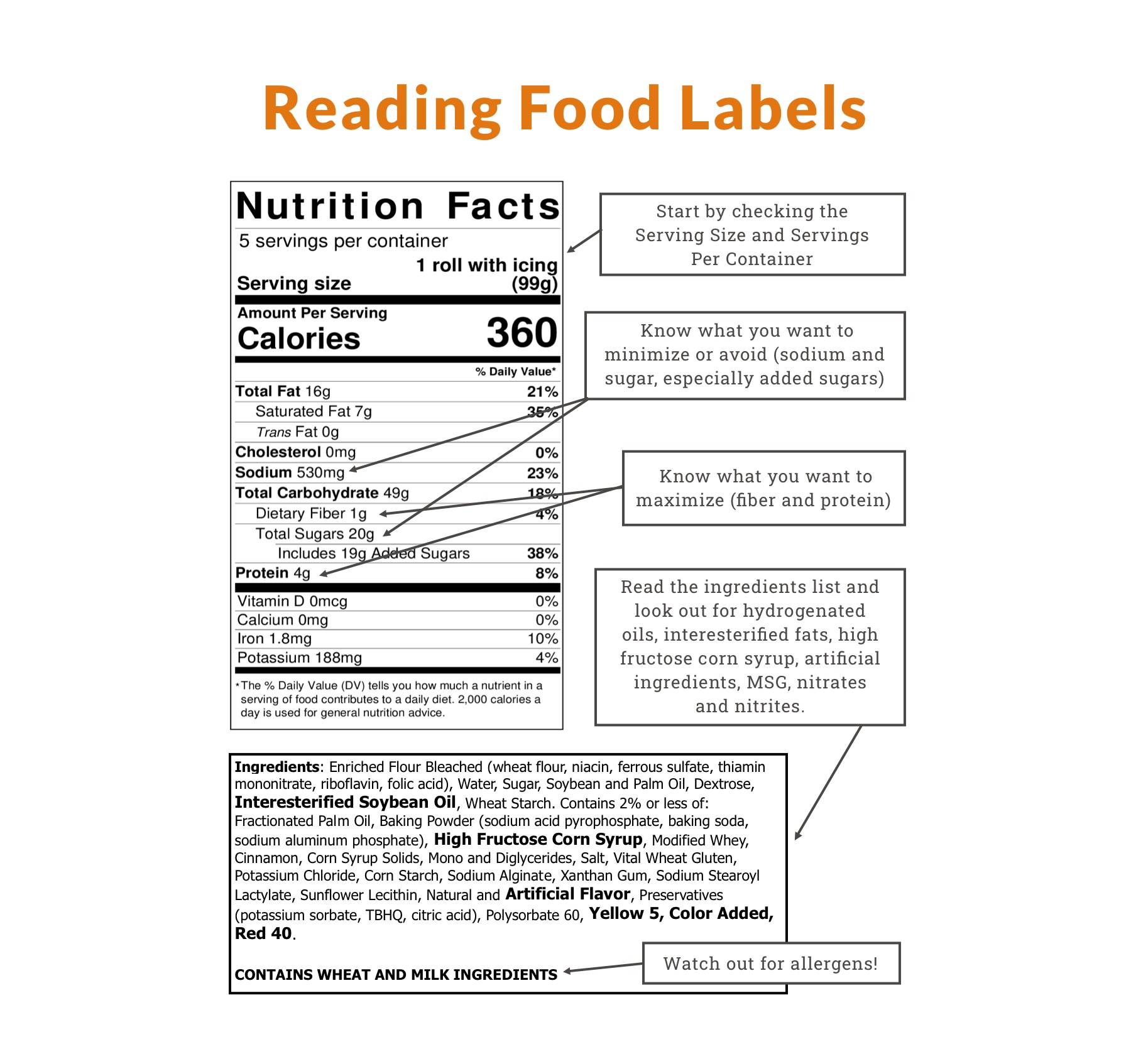
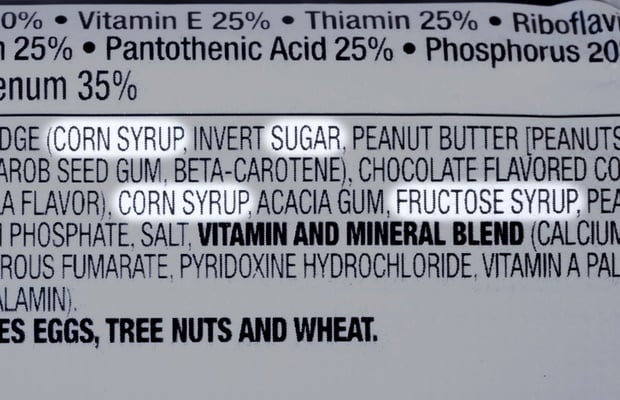
Post a Comment for "39 food labels list ingredients according to"